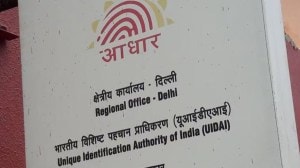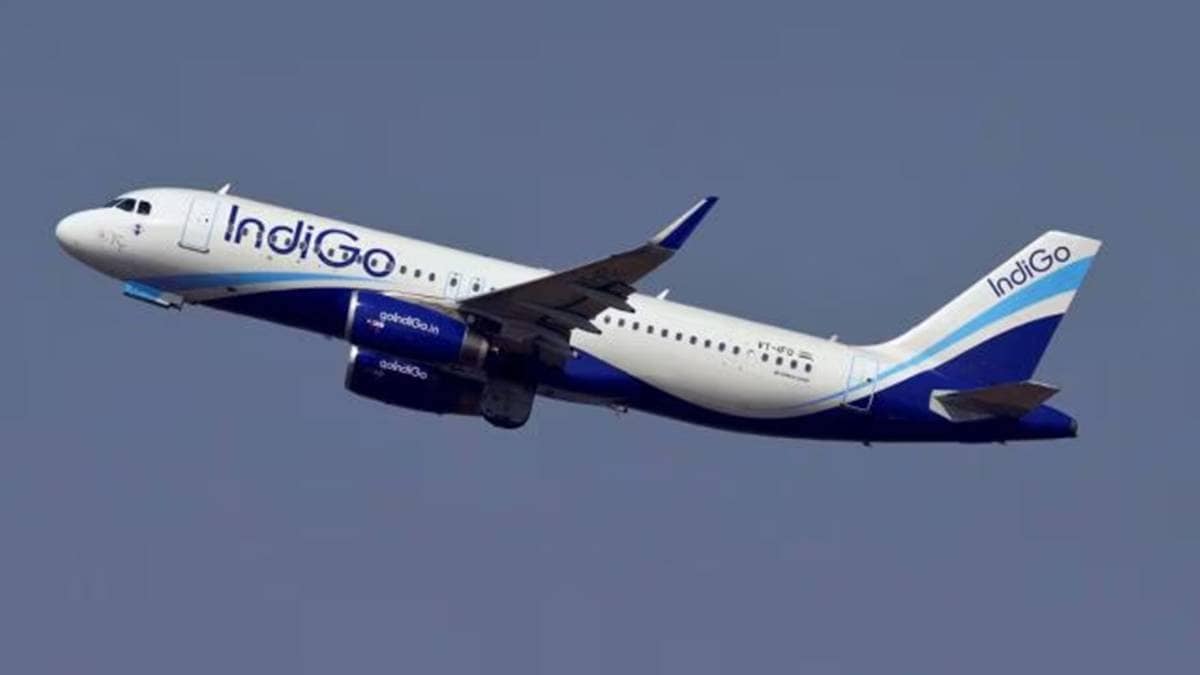The Smartphone production-linked incentive scheme, the most successful of the 14 PLIs, has topped the allocation at Rs 8,885 crore in the Budget 2025-26, significantly higher than allocations for PLI schemes of other ministries.
The allocation has increased by over 45% compared to Rs 6,125 crore, which was allocated for FY25. In the revised estimate, however, it has been revised to Rs 5,747 crore.
Compared to other ministries, chemicals and fertilisers ministry has got a PLI allocation of Rs 2,445 crore in FY26 for its three schemes compared to Rs 2,143 crore in FY25. Ministry of heavy industries’ PLI allocation for two schemes has been slashed to Rs 2,975 crore compared to Rs 3,750 crore in FY25.
Infact, the PLI allocation for FY25 for heavy industries has been revised to Rs 362 crore. Textile ministry has witnessed a 25 times increase in PLI allocation to Rs 1,148 crore from Rs 45 crore in FY25. Steel ministry PLI allocation was at Rs 305 crore for FY26.
Comparatively, total PLI allocation for the ministry of electronics and IT ( MeitY) comprising two schemes – large scale electronics manufacturing (smartphones) and IT Hardware – rose by 45% to Rs 9,000 crore in FY26. For FY25, the allocation was Rs 6,200 crore, which has been revised to Rs 5,777 crore.
The five-year PLI scheme, which started in 2020 ends in 2026, and each company has the flexibility to choose any five consecutive years. While Apple has chosen the period of 2021-2026, for Samsung it’s between 2020-2025.
Apple and Samsung are the biggest beneficiaries of the scheme. Apple assembles iPhones in the country via contract manufacturers – Foxconn, Pegatron, and Wistron. Besides global companies, local contract manufacturer Dixon has also been benefiting from the scheme. The company manufactures smartphones and feature phones for companies such as Xiaomi, Google, Samsung, Motorola, Transsion, among others.
Other domestic players such as Lava, Bhagwati, Optiemus, however, failed to meet PLI targets to get incentives. The same can be attributed to multiple challenges, such as the scheme’s high production and investment benchmarks, which exceeded the operational scale of many Indian manufacturers.
Buoyed by the PLI scheme, India’s smartphone exports are set to cross Rs 1.70 lakh crore in the current financial year – a rise of 31% from Rs 1.29 lakh crore in FY24, according to industry estimates. Around 70% of the shipments are made up of iPhones.
Smartphone exports reached Rs 1.10 lakh crore in the April-November period, which is 45% higher than the export figure of Rs 76,221 crore for the corresponding period in FY24.
For IT Hardware PLI which includes laptop, tablets, servers, etc, the allocation has been kept at Rs 115 crore in FY26 compared to Rs 75 crore as per budget estimates for FY25. FY25 estimates have been revised to Rs 30 crore.
The Rs 17,000 crore IT Hardware PLI scheme 2.0 saw a total of 27 IT hardware manufacturers, including leading brands like Acer, Asus, Dell, HP, and Lenovo, approved under the scheme.
Notably, most of the beneficiaries under the IT Hardware scheme are expected to start production in FY26.








